- Advertisement -
“India ismét bekavar!” hangozhatna így is a cikk, alább ki is fejtem, miért.
This time, it's not boycotting factory apps that use Chinese servers (and leaving them out of MIUI India), but once again introducing a device with the same name but different, which may cause some headaches for less up-to-date fans.
Last week, the Redmi 9 was unveiled, which you can find in Europe as the Redmi 9C. To make some difference, the memory has been increased to 4GB compared to the Redmi 9C's 2-3GB, and Indian buyers can get up to 128GB of storage.
The two devices (the Indian Redmi 9 and the global Redmi 9C) are identical in every way.
Mediatek Helio G35 nyolcmagos processzor (a global mi.com-on elírták, és a Redmi 9A-ban használt G25 maradt a specifikációban), 6.53″ HD + kijelző, műanyag ház, 5000mAh-ás akku és MicroUSB. Igen, az előd Redmi 8A-hoz képest (ahol már USB-C port volt) vissza- tért a Redmi 9A és 9C is a MicroUSB portra.
The Global Redmi 9C
Indiában gyártják a Redmi modellek túlnyomó részét, illetve ott szerelik össze. Az elmúlt években mindig volt olyan modell, ami ott más utótaggal került forgalomba, némi hardver-módosítást követően. Korábban “i” végű, vagy “Y” végű modellek voltak, de előfordult pl Redmi Note 7 Pro is. Az utóbbi pár évben viszont kevésbé vesződnek az eltérő megnevezéssel, általában ugyanúgy, vagy egy “Max” / “Pro” / “Prime” utótaggal forgalmazzák. Ez utóbbi, az indiai Redmi 9 Prime ugyanis a Global Redmi 9 megfelelője.
Aki nem követi a xiaomi híreket, friss számára a márka, annak most nem lehet könnyű dolga. Különösen azért nem, mert egyre többen rendelnek külföldi webshopból, vagy olyan kétes magyar (nyelvű) webshopból, ahol szó szerint megtévesztik a vásárlót. (Ugye láttunk már Global Mi 10 Ultra modell is az Alin…lol…)
But why is it such a problem if someone sells/buys the Indian version?
Aki árulja, az nem legálisan teszi (Nincs CE tanúsítvány, sem magyar menü – bár az indiai MIUI-ban találkoztunk már magyar menünyelvvel is -, sem olyan garancia, amihez a gyártónak, vagy szerződött partnerének köze lenne). Ettől nagyobb probléma, ha ezekből Európában vásárolnak. Európában ugyanis más frekvenciasávokat használnak a szolgáltatók, így könnyen előfordulhat, hogy egy indiai modell csak nagyvárosokban, vagy egyáltalán nem képes felcsatlakozni 1-1 szolgáltató hálózatára. Na de nézzük konkrét példával:
– az indiai Redmi 9 támogatott frekvenciái:
| GSM | B2/3/5/8 |
| WCDMA | B1/2/5/8 |
| LTE-FDD | B1/3/5/8 |
| LTE-TDD | B40/41 |
– a global Redmi 9C támogatott frekvenciái:
| GSM | B2/3/5/8 |
| WCDMA | B1/2/4/5/8 |
| LTE-FDD | B1/2/3/4/5/7/8/20/28 |
| LTE-TDD | B38/40/41 |
You can see how much spectrum has been missed, of which we are interested in 3 for 4G. B7 is most likely to be missed by Telenor customers, while B20 affects customers of all three operators. B3 is there, but is not used by Vodafone, for example.
But not only the Indian versions, but also the Chinese versions can have similar problems. In fact, the Chinese is either only available in English/Chinese, or in cooked ruins, which is worse.
So it's worth being aware of what you read in the various news sources, what the smaller (larger) online shops have to offer, but also if you're ordering a case for your existing Redmi 9 from AliExpress.
The rear camera unit on the Indian Redmi 9 (like the Global Redmi 9C) is located in a rounded square at the top left, while the Global Redmi 9 has a similar centrally located sensor below the one on the Redmi Note 8 Pro, and the other specifications are different. You can have a nice look at the full range of this year's models on more well-known international comparison sites, as well as on the updated Xiaomishop Hungarian web store.
If you see the phone shown in the picture and the specifications on other sites, that version was not made for us and is not fully usable in Europe.
But if you like the shape and the orange colour, you can order it from the above-mentioned webshop from the beginning of September (grey and blue are already available)
NFC
In contrast to the proliferation (or non-proliferation) of wireless models, for example, the number of NFC-enabled Xiaomi models is fortunately increasing. The global Redmi 9 has been the cheapest model so far, but the NFC-enabled Redmi 9C has been quietly released (although only on the global side), so by autumn you can get an NFC-enabled Redmi smartphone for around 50.000 HUF.
- Advertisement -

















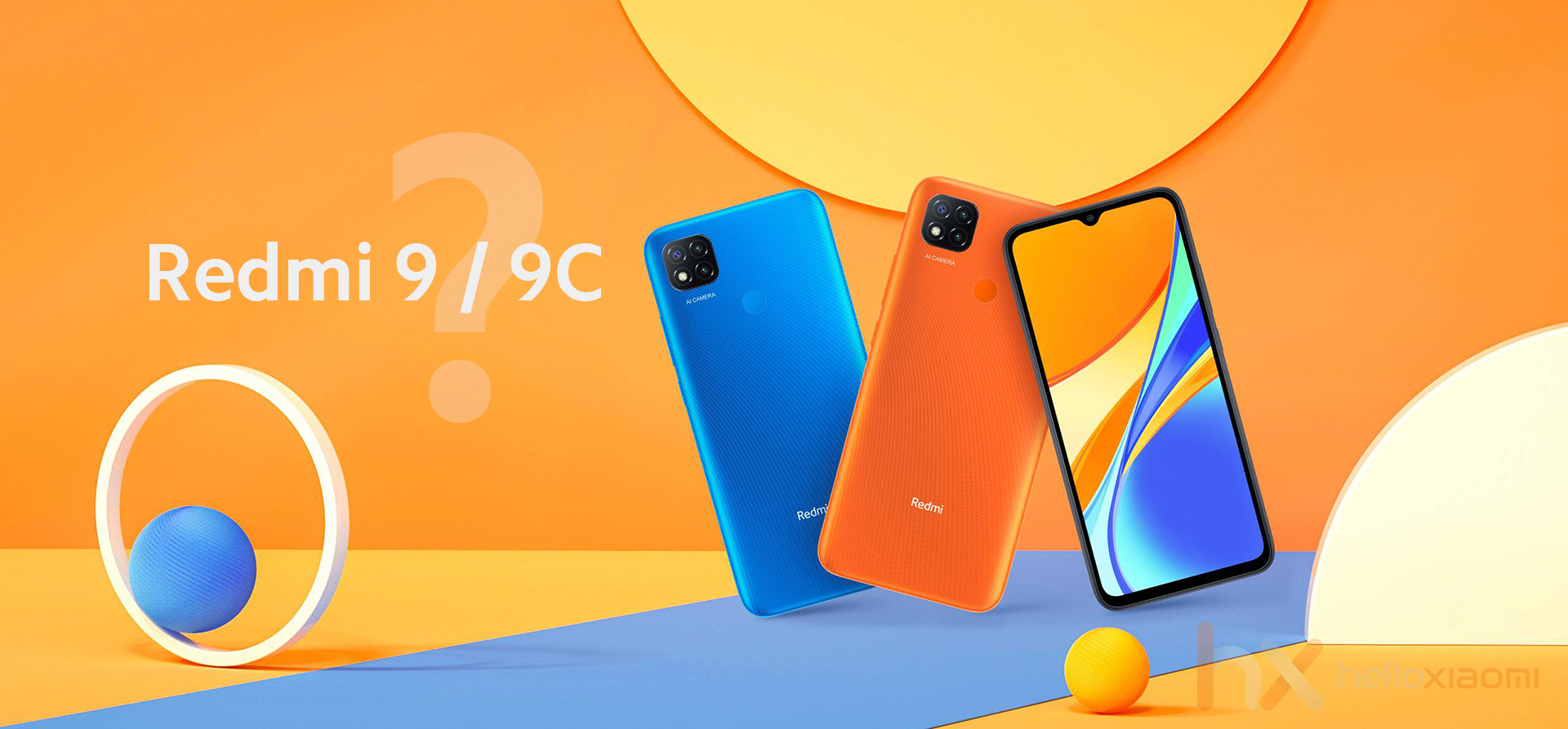
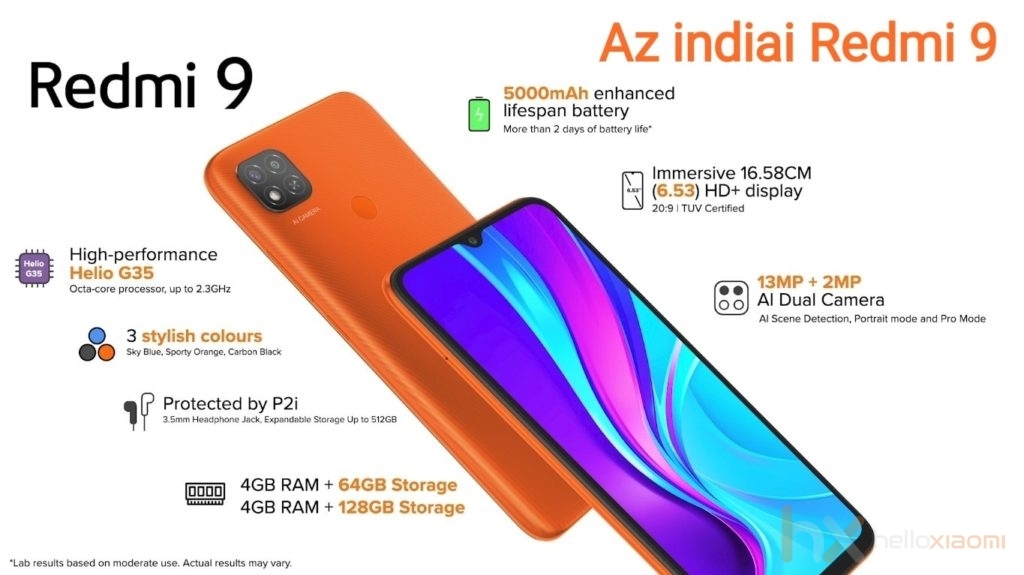
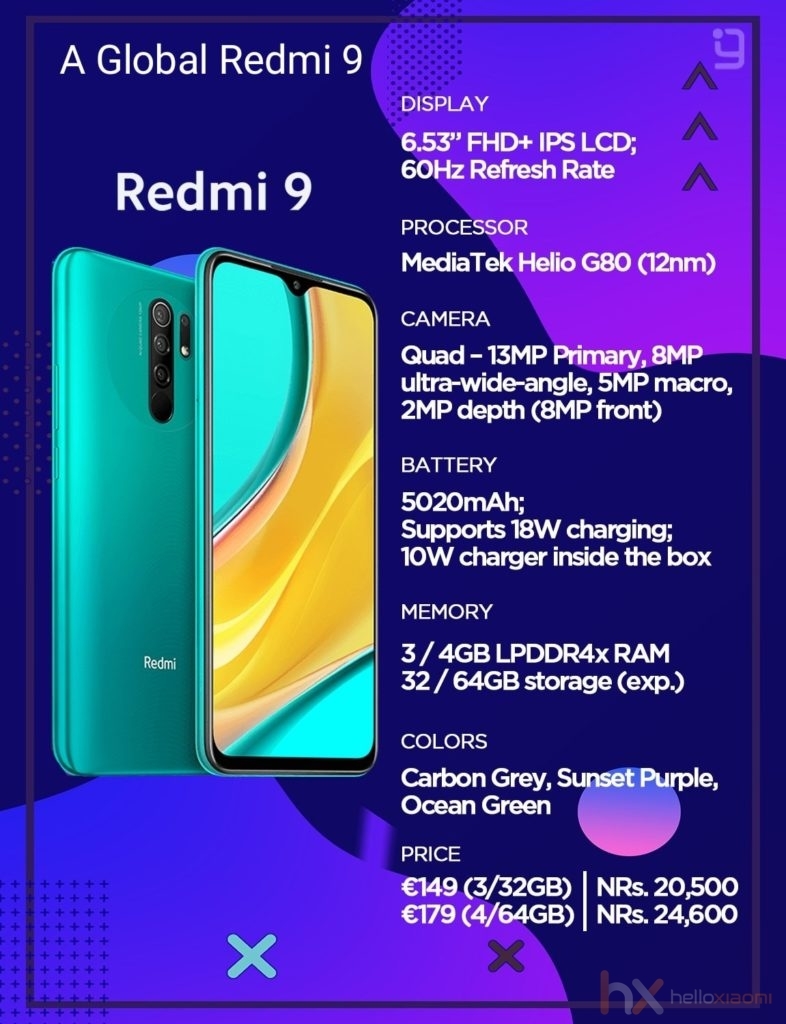


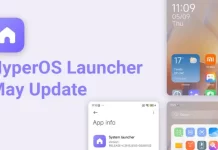


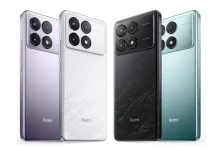
![[150] HyperOS heti hibajelentés](https://helloxiaomi.hu/wp-content/uploads/2024/04/hyperosbugreportindex-218x150.webp)